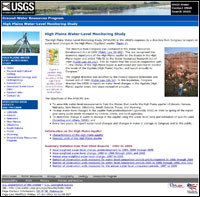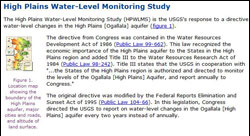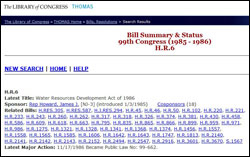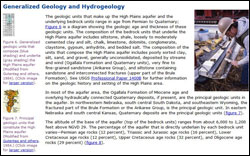Report Presented as a Website
It is important to follow conventional patterns of organization and formatting whenever you write a report. These patterns have developed over time because they help provide readers the information they need. In turn, readers have developed certain expectations for the content of a report. They expect to see an introduction that provides background information on why the report was written and what the report contains; a methods section that explains how and where the information for the report was collected; a results section that describes what researchers learned; and a conclusion that wraps up the report and tells readers what they should do after reading and understanding the results.
Although reports follow conventional patterns, they can still vary greatly depending on their purpose and audience. For example, some reports emphasize results or recommendations and say little about methods. Long reports might include an executive summary for managers or for general readers who do not need the more detailed information found in the full report.
When you deliver a report in an online format, it is still important to divide the report into typical sections. Readers’ expectations for the content of a report will be similar for print and online formats. Readers of an online report will skim through it by clicking links rather than by turning printed pages; they will be able to navigate the report more effectively if it is broken into the sections they expect to see.
The website shown here reports changes in water levels and water storage for the High Plains aquifer, also called the Ogallala aquifer. Congress directed the United States Geological Survey to report this information to Congress and to the public every two years.
Explore the website and consider the question(s) below. Then “submit” your response.

1 of 5

2 of 5

3 of 5
<<textbox>>
[insert sized-down image/HighPlains_Question4_Thumbnail.jpg]

4 of 5

5 of 5
<<textbox>>
<<Settings>>